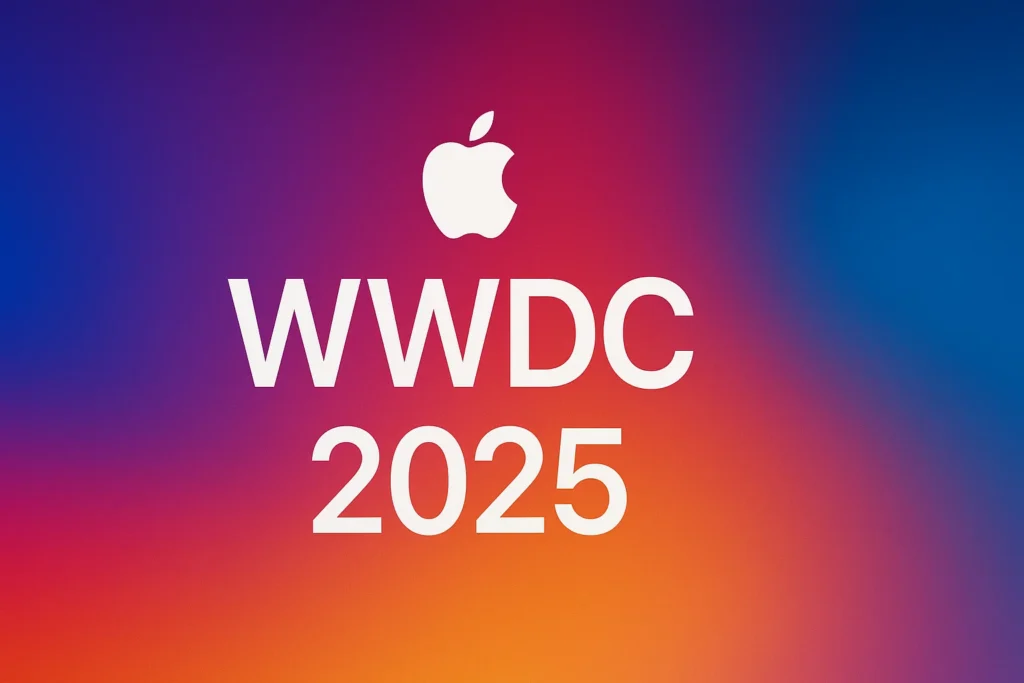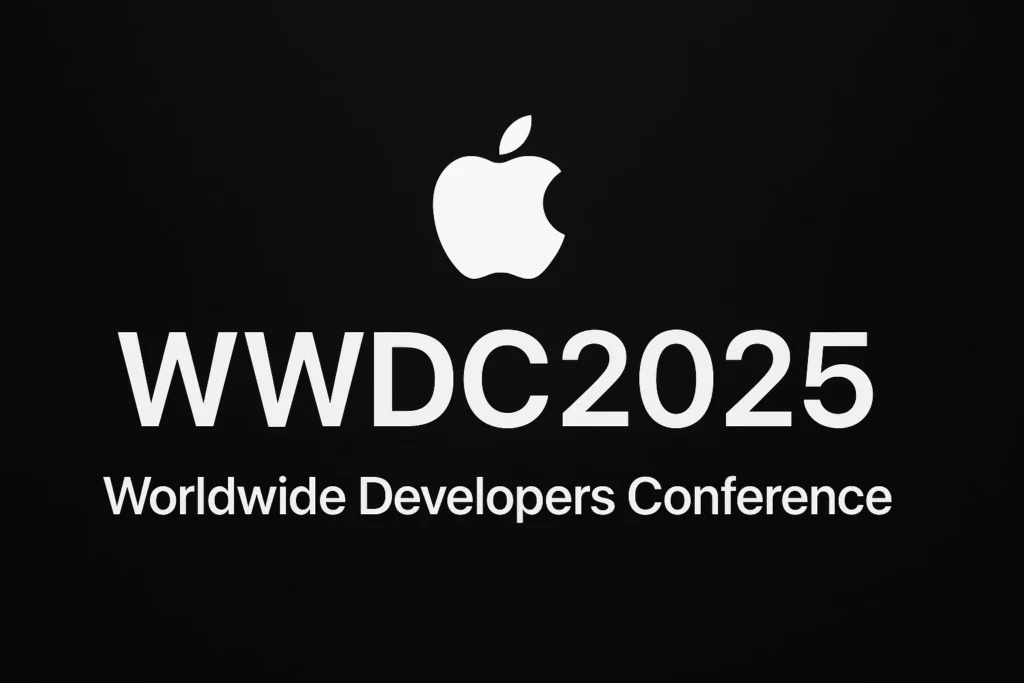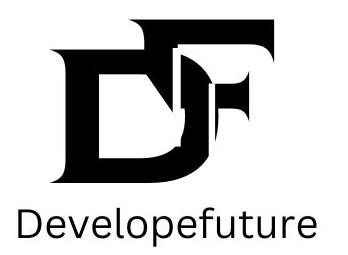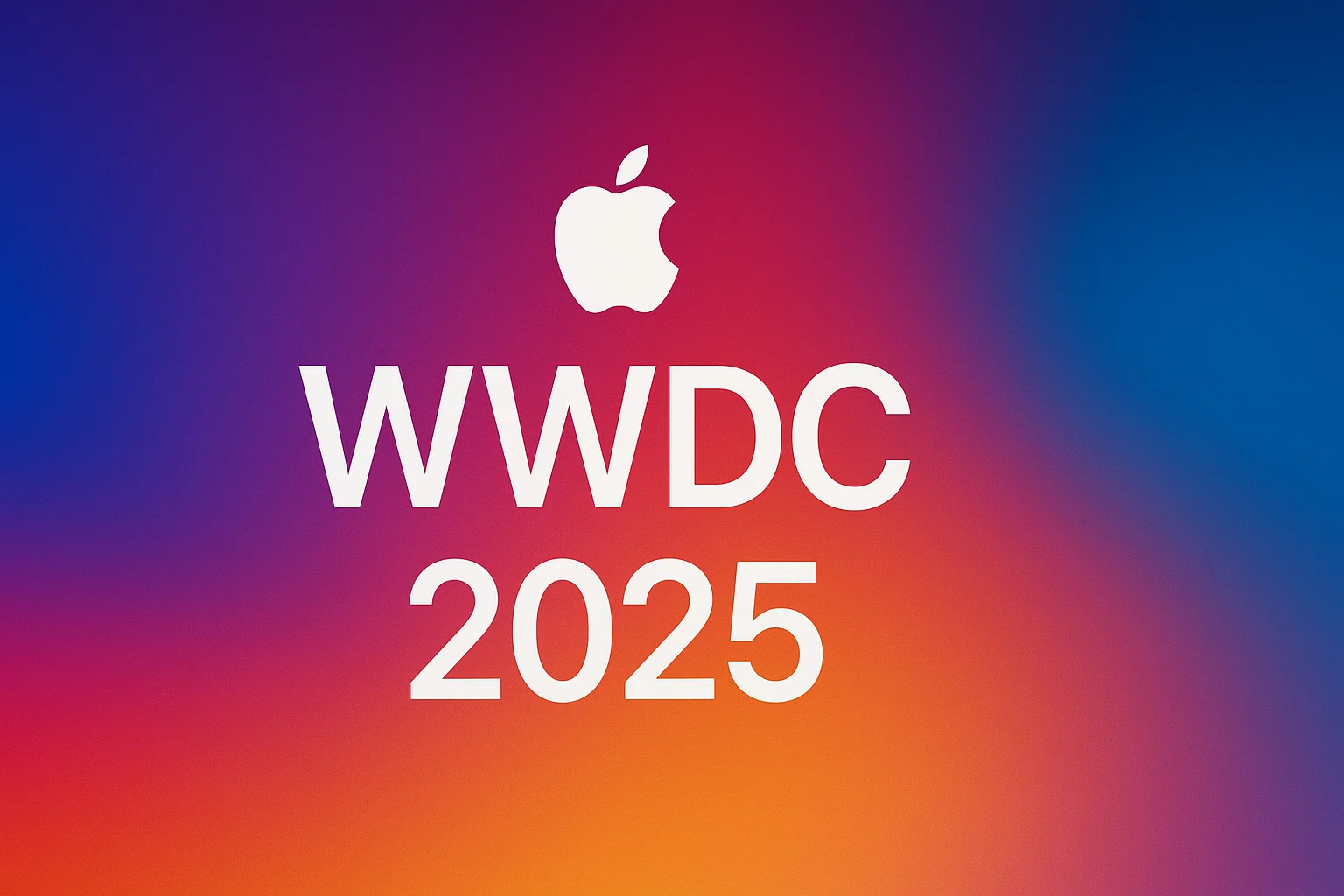Apple’s Worldwide Developers Conference (WWDC) 2025 once again demonstrated why WWDC remains one of the most eagerly awaited events in the tech world. Held at Apple Park in Cupertino, the WWDC attracted attention from developers, tech enthusiasts, and media outlets across the globe. With the keynote streamed live, Apple revealed innovations set to influence its ecosystem for the year ahead.
This year’s event emphasized improving user experience. WWDC boosted productivity, integrating artificial intelligence throughout Apple’s software and hardware platforms, from major operating system updates to the debut of a powerful new AI assistant. Apple showcased its forward-looking approach. Each announcement reflected the company’s focus on privacy, elegant design, and seamless integration.
More than a product showcase, WWDC 2025 offered developers in-depth sessions. WWDC hands-on labs and community building opportunities. The event underlined the importance of Apple’s developer community. WWDC demonstrated its dedication to solving modern digital challenges through innovation.
Table of Contents
iOS 19: Smarter, Faster, and More Personalized
iOS 19 brought major advancements in customization and intelligence. The redesigned home screen includes smart widgets. It’s adjusted based on time, location, and user habits. iOS 19 Users now enjoy more powerful Shortcuts integration. iOS 19 enhanced Focus mode controls for personalized experiences.
iOS 19 One of the key highlights is Smart AI Suggestions, which delivers real-time help based on user routines and calendar events. iOS 19 also introduces improved synergy with Vision Pro. iOS 19 enables seamless transitions between iPhone and spatial computing devices.

macOS Sequoia: Power Meets Simplicity
macOS Sequoia builds on the foundation of its predecessor. macOS Sequoia emphasizes productivity and streamlined workflows. The new “Workspaces” feature allows users to group apps. macOS Sequoia is for focused tasks, ideal for multitaskers and professionals.
Artificial intelligence plays a larger role with the “Mac Assistant.” Which helps summarize documents, generate code, and assist with creative tasks. Enhancements to continuity and the universal clipboard. It strengthens the connection between Mac and other Apple devices.
Watch OS 12: Health and Independence
Watch OS 12 introduces expanded health tracking and independence tools. The new “Vitals 360” dashboard provides a comprehensive overview. Watch OS 12 provides hydration, temperature, and heart rate variability. Watch OS 12 gives users a better understanding of their wellness.
Another notable addition is the “Check-In” feature, which notifies trusted contacts when a user completes a workout or arrives at a location. Combined with upgraded emergency detection, Watch OS 12 further reinforces the Apple Watch’s role in health and safety.
iPad OS 19: A Laptop Replacement, Finally?
iPad OS 19 takes another step toward transforming the iPad into a laptop alternative. Support for desktop-class apps has expanded. And new window management features now resemble those on macOS. Integration with Apple Pencil Pro brings hover-based tools and intuitive controls.
The Files app has been upgraded to support external storage browsing, like Finder. Enhancements to Stage Manager and improved Final Cut Pro performance. Make the iPad a compelling device for both work and creativity.

Vision OS 2: The Next Frontier of Spatial Computing
Vision OS 2 enhances Apple’s Vision Pro headset with new features. Presenting for content creation and collaboration. Tools like “Spatial Notes” and “3D Mind Maps” enable immersive brainstorming. Vision OS 2 remote teamwork in three-dimensional environments.
Deeper integration with Apple Arcade. And productivity apps broadens the Vision Pro’s use cases. New SDK improvements empower developers to create richer experiences. Signaling Apple’s intent to position spatial computing as a core part of its future.
Siri 2.0 and Apple Intelligence
Siri 2.0, powered by Apple Intelligence. Siri 2.0 Represents a major leap in voice interaction. The assistant is now context-aware. Understands more natural conversations and can execute complex multi-step commands across many apps.
With on-device processing, Siri protects user privacy . While offering new capabilities like summarizing messages, organizing schedules, and editing text. This update transforms Siri into a more powerful productivity tool with a personal touch.
Developer Tools: X code 16 and Swift 6
X code 16 introduces real-time previews. Faster build times and smarter debugging through machine learning. These updates are designed to streamline the development process and improve code reliability.
Swift 6 improves performance and simplifies concurrency. Making it easier to write efficient and safe code. A new unified simulator allows developers to test apps across Apple platforms. Developer Tools encouraging cross-platform development.
Accessibility and Sustainability Initiatives
Apple reinforced its commitment to accessibility with features like Eye Tracking for iPad and universal Voice Shortcuts. These updates aim to make Apple devices more usable. For individuals with diverse physical and communication needs.
On the sustainability front, Apple expanded its recycling initiatives. Apple introduced a “Green Score” for apps. This rating encourages developers to optimize for energy efficiency. It underscores Apple’s efforts to reduce environmental impact.
Community and Events
WWDC 2025 highlighted the strength and diversity of Apple’s developer community. A blend of in-person and online sessions gave developers access to Apple engineers and collaborative learning experiences.
The conference also celebrated young talent through the Swift Student Challenge, spotlighting creative and innovative student projects. Apple’s support for education and mentorship remains central to fostering future developers.
FAQ’s
What is the release date for iOS 19 and other OS updates announced at WWDC 2025?
iOS 19, macOS Sequoia, iPad OS 19, and watch OS 12 are expected to launch in September 2025, following a beta release in June for developers.
What makes Siri 2.0 different from the old Siri?
Siri 2.0 is powered by Apple’s new on-device AI system, Apple Intelligence. It can perform multi-step tasks, summarize content, and better understand context all while keeping data private on your device.
Will older devices support the new operating systems?
Apple has extended support to many recent models, though some features like on-device AI may be limited to newer hardware such as the iPhone 16 series and M2/M3 chip devices.
Is vision OS 2 only for Vision Pro, or will there be new hardware?
Currently, vision OS 2 is exclusive to Vision Pro. While rumors of new Vision devices exist, Apple hasn’t officially confirmed any new hardware for 2025.
How does WWDC benefit developers?
WWDC offers developers early access to new APIs, beta software, coding labs with Apple engineers, and community support. It’s a vital resource for those building apps within Apple’s ecosystem.
Conclusion
WWDC 2025 marked a turning point in Apple’s evolution where AI, privacy, and cross-platform harmony are at the center of its innovation strategy. From smarter software to reimagined productivity tools, Apple is leaning into a future that’s more intelligent, personalized, and responsible.
Each OS update and product enhancement shared a common theme: empowering users to do more while maintaining security and simplicity. Whether through the power of Apple Intelligence or new tools for developers, the conference made it clear that Apple is shaping a thoughtful, integrated tech future.
For developers, WWDC is more than a showcase, it’s an opportunity. With tools like X code 16, Swift 6, and vision OS 2, Apple provides the means to innovate and reach millions of users. And for consumers, the upgrades promise smarter, safer, and more seamless experiences.

